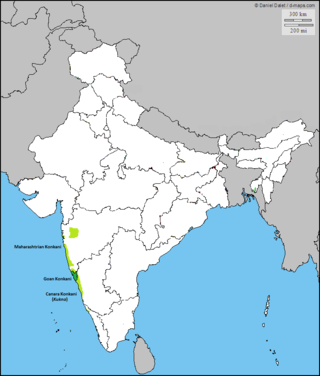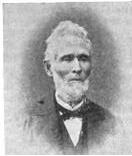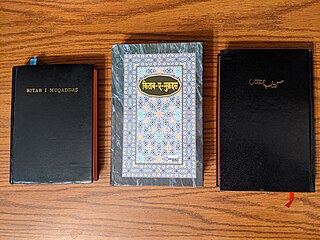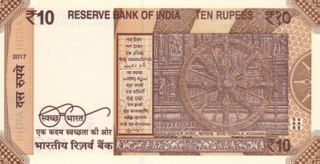
Languages spoken in the Republic of India belong to several language families, the major ones being the Indo-Aryan languages spoken by 78.05% of Indians and the Dravidian languages spoken by 19.64% of Indians; both families together are sometimes known as Indic languages. Languages spoken by the remaining 2.31% of the population belong to the Austroasiatic, Sino–Tibetan, Tai–Kadai, and a few other minor language families and isolates. According to the People's Linguistic Survey of India, India has the second highest number of languages (780), after Papua New Guinea (840). Ethnologue lists a lower number of 456.
There are currently 900 permitted private satellite television channels in India as of February 2021. Numerous regional channels are available throughout India, often distributed according to languages.
Indian Standard Code for Information Interchange (ISCII) is a coding scheme for representing various writing systems of India. It encodes the main Indic scripts and a Roman transliteration. The supported scripts are: Bengali–Assamese, Devanagari, Gujarati, Gurmukhi, Kannada, Malayalam, Oriya, Tamil, and Telugu. ISCII does not encode the writing systems of India that are based on Persian, but its writing system switching codes nonetheless provide for Kashmiri, Sindhi, Urdu, Persian, Pashto and Arabic. The Persian-based writing systems were subsequently encoded in the PASCII encoding.
Indian literature refers to the literature produced on the Indian subcontinent until 1947 and in the Republic of India thereafter. The Eighth Schedule to the Constitution of India has 22 officially recognised languages. Sahitya Akademi, India's highest literary body, also has 24 recognised literary languages.
Indian poetry and Indian literature in general, has a long history dating back to Vedic times. They were written in various Indian languages such as Vedic Sanskrit, Classical Sanskrit, Ancient Meitei, Modern Meitei, Telugu, Tamil, Odia, Maithili, Kannada, Bengali, Assamese, Hindi, Marathi and Urdu among other prominent languages. Poetry in foreign languages such as English also has a strong influence on Indian poetry. The poetry reflects diverse spiritual traditions within India. In particular, many Indian poets have been inspired by mystical experiences. Poetry is the oldest form of literature and has a rich written and oral tradition.

Konkani is an Indo-Aryan language spoken by the Konkani people, primarily in the Konkan region, along the western coast of India. It is one of the 22 scheduled languages mentioned in the Indian Constitution, and the official language of the Indian state of Goa. It is also spoken in Karnataka, Maharashtra, Kerala, Gujarat as well as Damaon, Diu & Silvassa.

The Jnanpith Award is the oldest and the highest Indian literary award presented annually by the Bharatiya Jnanpith to an author for their "outstanding contribution towards literature". Instituted in 1961, the award is bestowed only on Indian writers writing in Indian languages included in the Eighth Schedule to the Constitution of India and English, with no posthumous conferral.

Nathan Brown was an American Baptist missionary to India and Japan, Bible translator, and abolitionist. He is noted for his works on Assamese language, grammar and script.

The Sahitya Akademi Award is a literary honour in India, which the Sahitya Akademi, India's National Academy of Letters, annually confers on writers of the most outstanding books of literary merit published in any of the 22 languages of the 8th Schedule to the Indian constitution as well as in English and Rajasthani language.
Translation of the Bible into Malayalam began in 1806. Church historians say Kayamkulam Philipose Ramban, a scholar from Kayamkulam, translated the Bible from Syriac into Malayalam in 1811 to help the faithful get a better understanding of the scripture. The Manjummal translation is the first Catholic version of the Bible in Malayalam. This is the direct translation from Latin. The four Gospels and the Acts of the Apostles were translated by the inmates of the Manjummal Ashram, Fr. Aloysius, Fr. Michael and Fr. Polycarp. The Pancha Granthy came out from Mannanam under the leadership of Nidhirikkal Mani Kathanar in 1924. The Catholic New Testament was published in full in 1940. and has influenced development of the modern language.

The modern Hindi and Urdu standards are highly mutually intelligible in colloquial form, but use different scripts when written, and have lesser mutually intelligibility in literary forms. The history of Bible translations into Hindi and Urdu is closely linked, with the early translators of the Hindustani language simply producing the same version with different scripts: Devanagari and Nastaliq, as well as Roman.

The Indian 10-rupee banknote is a common denomination of the Indian rupee. The ₹10 note was one of the first notes introduced by the Reserve Bank of India as a part of the Mahatma Gandhi Series in 1996. These notes are presently in circulation along with the Mahatma Gandhi New Series which were introduced in January 2018, this is used alongside the 10 rupee coin.

Lists of Sahitya Akademi Award winners cover winners of the Sahitya Akademi Award, a literary honor in India which Sahitya Akademi, India's National Academy of Letters, annually confers on writers of outstanding works in one of the twenty-four major Indian languages. The lists are organized by language.

Vikaspedia is an online information guide launched by the Government of India. The website was implemented by C-DAC Hyderabad and is run by the Department of Electronics and Information Technology, Ministry of Communications and Information Technology. It is built as a portal for the social sectors, and offers information in 23 languages: English, Assamese, Telugu, Hindi, Bengali, Gujarati, Kannada, Malayalam, Tamil, Bodo, Dogri, Sanskrit, Kashmiri, Konkani, Nepali, Odia, Urdu, Maithili, Meitei, Santali, Sindhi, Punjabi, and Marathi.
The Eighth Schedule to the Constitution of India lists the languages officially recognized by the Government of India. As of 2024, 22 languages have been classified under the schedule.

Chokher Bali is a 1903 Bengali novel by Rabindranath Tagore that revolves around the central character Binodini and her relationships with three individuals. It explores the extramarital affair between Binodini, a young widow, and Mahendra, an old suitor of hers, the complicated friendship with Asha, Mahendra's wife, and her mutually conflicting feelings with Behari, Mahendra's childhood best friend. The novel also highlights issues of female literacy, child marriage, patriarchy within the family, and the fate of widows during that era.

The Indian 5-rupee note is the second smallest Indian note in circulation. The Reserve Bank of India introduced the 5 rupee banknote as part of the Mahatma Gandhi Series in 1996. The printing of notes in the denominations of ₹5, however, has been discontinued as these denominations have been coinised but still these notes are valid legal tender in India.

Makers of Indian Literature is a series of biographical monographs published by Sahitya Akademi, India's National Academy of Letters.

Meitei input methods are the methods that allow users of computers to input texts in the Meitei script, systematically for Meitei language.













